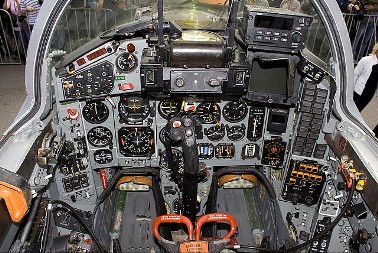Since we have a few new people wanting to install Linux I though I would give some advice for you and maybe future converts.
1. Find a distro that is compatible with your computing(yes I said computing) most distro's should be compatible with your computer but not all will do what you wish them to do.
The Main Players usually have everything you could want and more. These include but are not limited to:
Ubuntu and all buntu dirivitives (this includes
Mint and others),
Fedora and
openSUSE. - There are tons more these are just some of the more popular ones.
2. Linux is not Windows it is not a better edition of Windows. While several desktop environments can mimic the Windows environment it is not WINDOWS. Linux is full of choice. You can install just about any desktop environment you can think of. The more Popular Desktops are:
Gnome,
KDE,
Cinnamon,
Mate,
XFCE,
LXDE - again there are tons more but these are the ones a majority seem to use.
When Thinking of Switching to another OS you should use only Cross Platform programs where you can. Stuff like VLC instead of Windows Media Player. Thunderbird email instead of Outlook. Stuff like that. Learning how to use Cross Platform programs will make the transition easier as you will already be familiar with the interface of apps you use.
3. Linux lets you testdrive before install. Most come with a Live edition that allow you to boot up and test out the distro. I recommend you try out One distro and several of the Desktops at a time. See which one you like the best. We all have our opinions but at the end of the day its you who knows what is appealing to you and what is not.
4. Once you find the Combination you like (Linux Distro + Desktop Manager) you will want to join the forums of that distro. READ their section about installing. See what issues others have run into. Doing this can prepare you incase something goes wrong you can have an idea of how to start trouble shooting. Ask lots of questions in the forum theirs and here

5. Deciding to install is a decision that takes preparation. The very first thing you should do when planning to install is BACKUP YOUR ENTIRE DISK. Depending on how you install ( A lot of people dual boot) Partitioning the drive that all your data is on will need to be done. You will want a good backup incase something goes wrong and your partition has to be recreated. My best advice is to avoid this all together and stick Linux on an external if you want both Windows and Linux. Linux runs very well on an external drive.
6. Post install will include adding programs and codecs and other stuff to make your computer the way you need/want it. All distro's have their own repositories for adding these things. You can go into the Distro's "Software Center" (Add Remove Programs or whatever your disto names it) and search and add packages from there. Unlike Windows where you go to the internet and download and install you should really stick with the repositories. They are community maintained and are more guaranteed to be virus free. If there is a package you need that your distro does not offer in the repository and you have to download it make sure its in the package format your system uses:
Ubuntu - .deb , Fedora/SUSE - .rpm , etc.
7. Lastly Welcome to the DARKSIDE ENJOY











